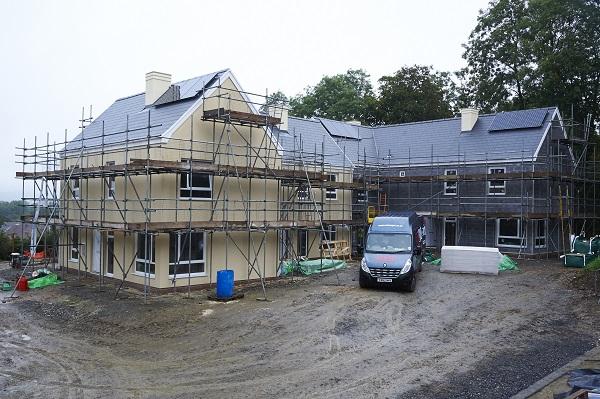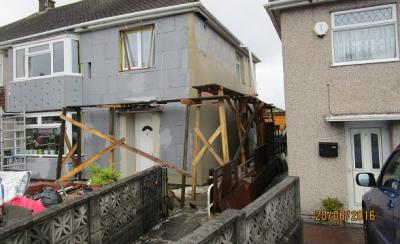Scaffold safety: how to avoid scaffolding accidents
Poor scaffolding poses a significant risk to everyone. Scaffolding should be assembled to a generally recognised standard configuration such as NASC Technical Guidance TG20 for tube and fitting scaffolds or similar guidance from manufacturers of system scaffolds.
If not, the Work at Height Regulations 2005 require it to be designed by custom-made calculation by a competent person to ensure it will have adequate strength, rigidity and stability while it’s erected, used and dismantled.
The Health & Safety Executive could serve a prohibition notice on your site if the scaffolding is found to be unsafe, so don’t neglect it. Supply relevant information to the scaffold contractor to ensure an accurate and proper design process is followed.
Scaffold safety inspections
- It’s your responsibility as the user or hirer to ensure all scaffolding is inspected following installation / before first use - and at least every seven days thereafter.
- Carry out inspections following any circumstances that could endanger the safety of the installation, for example high winds.
- Only a competent person with the relevant knowledge, training and experience appropriate for the type and complexity of the scaffold should inspect it.
- A competent person may have been assessed under the CISRS or received training in inspecting a specific type of system scaffold from a manufacturer or supplier.
- A non-scaffolder who has attended a scaffold inspection course, for example a site manager, can inspect a basic scaffold structure.
Ensure you have an inspection report, no matter the size of scaffolding. Note any defects or matters that could pose a safety risk and any corrective actions taken, even when those actions are taken quickly. This assists with the identification of any recurring problem.
Further information
- The Construction Industry Scaffolders Record Scheme (CISRS) has guidance on the relevant expertise of scaffolders and advanced scaffolders, including details of which structures they’re considered competent to erect.
- Visit the National Access and Scaffolding Confederation (NASC) for a wide range of industry guidance.
Also read And the unsafe scaffolding award goes to.
Please Note: Every care was taken to ensure the information was correct at the time of publication. Any written guidance provided does not replace the user’s professional judgement. It is the responsibility of the dutyholder or person carrying out the work to ensure compliance with relevant building regulations or applicable technical standards.
Sign up to the building bulletin newsletter
Over 48,000 construction professionals have already signed up for the LABC Building Bulletin.
Join them and receive useful tips, practical technical information and industry news by email once every 6 weeks.
Subscribe to the Building Bulletin




Comments
Add new comment